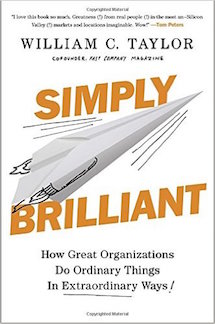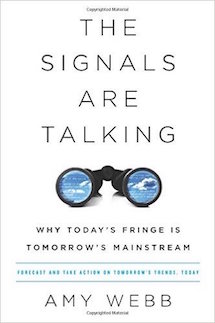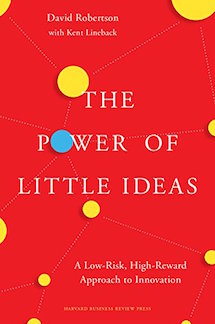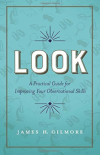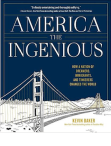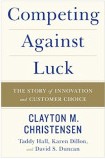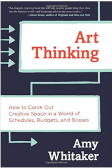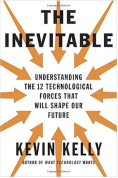Simply Brilliant: How Great Organizations Do Ordinary Things in Extraordinary Way
by Bill Taylor
Far away from Silicon Valley, in familiar, traditional, even unglamorous fields, ordinary people are unleashing extraordinary advances that amaze customers, energize employees, and create huge economic value. Their secret? They understand that the work of inventing the future doesn’t just belong to geeks designing mobile apps and virtual-reality headsets, or to social-media entrepreneurs hoping to launch the next Facebook. Some of today’s most compelling organizations are doing brilliant things in simple settings such as retail banks, office cleaning companies, department stores, small hospitals, and auto dealerships.
William C. Taylor, cofounder of Fast Company and best-selling author of Practically Radical, traveled thousands of miles to visit these hotbeds of simple brilliance and unearth the principles and practices behind their success. He offers fascinating case studies and powerful lessons that you can apply to do ordinary things in extraordinary ways, regardless of your industry or profession.
As Taylor writes: “The story of this book, its message for leaders who aim to do something important and build something great, is both simple and subversive: In a time of wrenching disruptions and exhilarating advances, of unrelenting turmoil and unlimited promise, the future is open to everybody. The thrill of breakthrough creativity and breakaway performance . . . can be summoned in all sorts of industries and all walks of life, if leaders can reimagine what’s possible in their fields.” Simply Brilliant shows you how.







